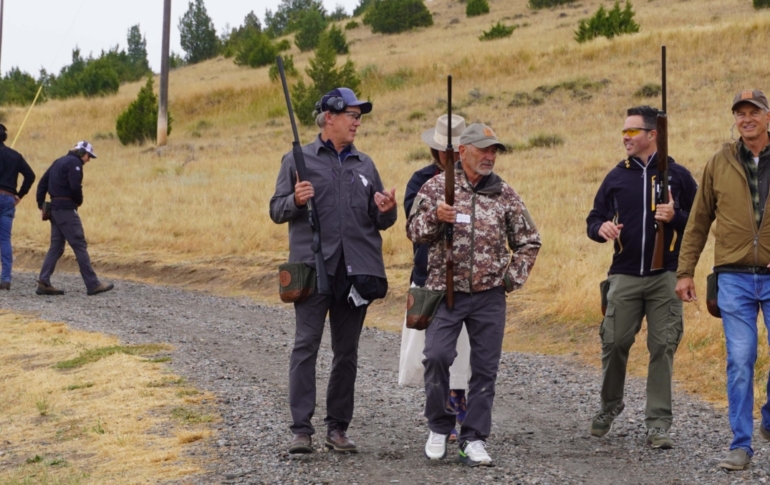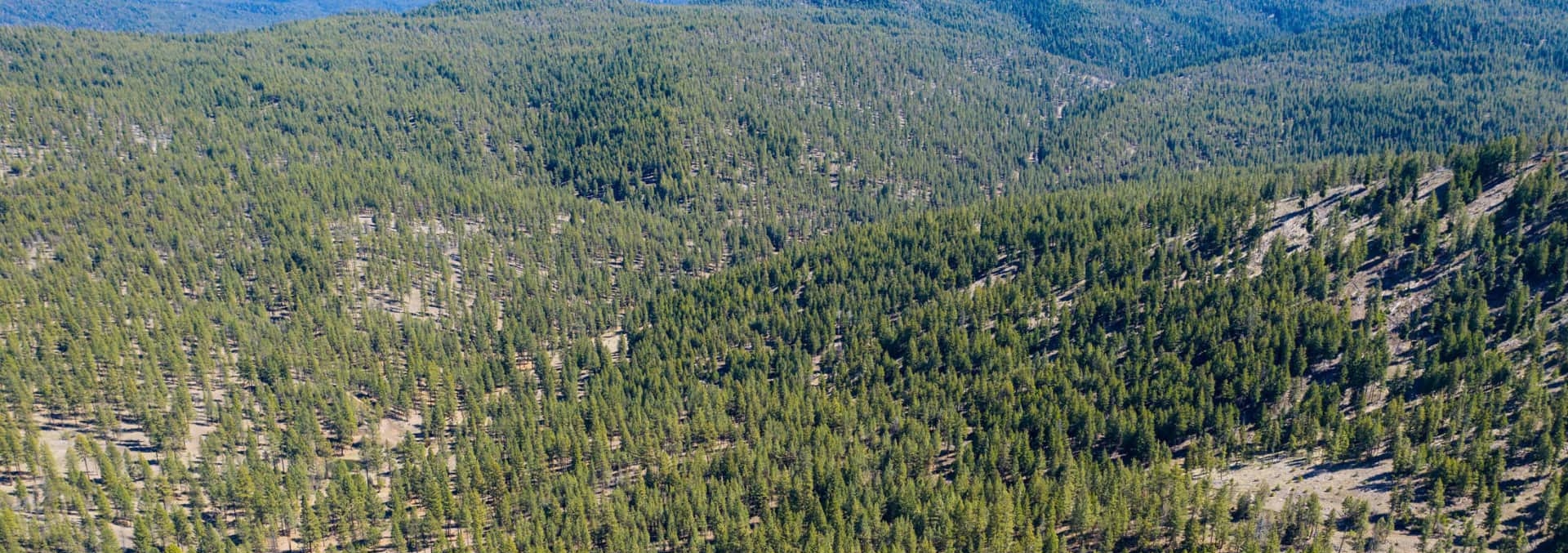Timber In The Pacific Northwest
A video blog by Troy Dana-Designated Broker, Paul Valentine-Managing Broker, and Bryon Clarke-Broker, Fay Ranches Washington Agents.
If you have ever given some thought to investing in timberlands, this video offers a brief summary of what to look for in a top-notch tree farm in the Pacific Northwest. Timberland investments offer more than economic returns, they contribute to the health of our ecosystems, they offer abundant outdoor recreational opportunities and they are historically a very safe investment.
What to look for – commercially managed tree farms are typically managed for maximum timber production. Small wood lot tree farm owners can vary depending on personal objectives.
-
Roads – One the first considerations for tree farm investment is access, not all roads leading to or from a tree farm are legal to access points. Road quality is a big consideration with any tree farm investment. Take the time to look closely at your roads, look for quality construction, culverts, and drainage.
-
Timber stocking/stem count – If your investment objectives lean more towards ROI, you will want to have an idea of the inventory also known as stocking or stem count. All sites vary dramatically regarding stem counts per acre, you should consult a professional forester to help you understand optimal stem count based on soils and other contributing factors.
-
Health of trees – Many factors some obvious some not so obvious can impact tree health, things to look for are impacts to trees from wildlife such as bear, insects such as bark beetle, stem density, and much more. Consult a professional forester to help you understand these issues.
-
Species composition – Western Washington native forests are home to several species of conifer and deciduous trees. The commercially preferred species is Douglas Fir and specialty trees such as Red Cedar, Alder, and some Big Leaf maple are valuable trees. Other specialty forest products are mushrooms, truffles, berries, and salall among others.
-
Age class diversity/sustainable yield – Ideally a tree farm could be managed for sustainable yield, this is the number of trees that can be harvested annually of a given age. In Western Washington, a good rotation age is 45 years old.
-
Site class – Site index, or how fast trees grow on the tree farm, is the measure of the quality of soil to grow trees. High site index is always preferred by investors, however, the lower site often produces a slower growing tree but it will have a tighter ring count and be a higher quality tree.
-
Critical areas – Critical areas such as creeks and ponds are viewed by some as impediments, others see them as accoutrements. If you are looking to maximize the value of your investment, biodiversity wetlands such as streams and ponds should be protected and coveted.
-
Proximity to log buyers – Consider how far the tree farm is from mills or log buyers. Competition for your timber is a good thing.
A tree farm can be a wonderfully lucrative investment as well as provide outdoor experiences for generations. Invest & Enjoy!

Joette Schalla, ALC, Land Broker of the Year by Colorado RLI Chapter
Fay Ranches is proud to recognize the outstanding achievement of our own Joette Schalla, ALC, who has been named Land Broker of the Year by the Colorado Chapter of the REALTORS® Land Institute. This prestigious award highlights the exceptional professionals in the land industry who demonstrate expertise, leadership, and an unwavering commitment to their clients […]

Breaking Clays, Building Futures: Fay Ranches at the First Annual FRCF Clay Shoot
On August 27th, the Fay Rural Community Foundation (FRCF) hosted its first annual Clay Shoot, bringing together 66 participants across 17 teams for a day of sport, camaraderie, and purpose. Despite the rainy weather, the event raised more than $24,000 to support rural communities. For Fay Ranches, this event was more than a fundraiser. Our […]




